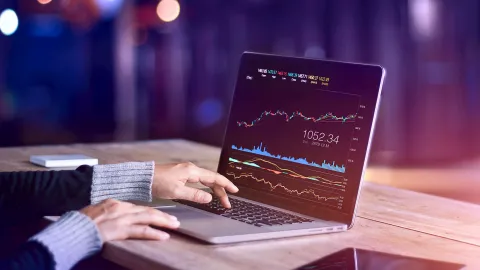Climate change: why balance sheets need to be green

The science behind climate change is widely accepted. Given that any warming over 2°C above 1990 levels is expected to have severe impacts, governments have committed to limiting it to 1.5°c. Achieving this means that ambitious economic changes have to be in place by 2030. Businesses are likely to be hit from two sides: by the cost of compliance and also the physical impacts of climate change on their assets and supply chains.
Banks, for their part, will need to apply climate-related “known unknowns” in their balance sheets alongside traditional approaches for managing risk-weighted assets and credit risks. How will they do this? There are already solid foundations available, in the form of published climate mitigation pathways and risk analyses. However, the devil is in the detail. Modeling is complex and needs to account for the fact the cost of dealing with policy change is separate from the cost of addressing the physical impacts of climate change.
We advocate a new framework as a start point for banks to “green” their balance sheets. It begins by assessing the sectors most likely to be subject to policy changes, in a three-step process: 1) applying climate-specific impacts to the forward loss curve for each geographic region; 2) correlating industrial sectors to climate-related impacts; and 3) adjusting specific borrower correlations to reflect known and specific adaptation actions. Viewing the problem from the perspectives of economics and capital rather than just greenhouse gas emissions will help banks to capture the entire economic picture of the transition.
This approach leads us to a metric that represents balance sheet resiliency to climate risk and mitigation policies, and help firms move towards a position that is compatible with both sustainability and economic viability.
We have delved into this vital issue in much more detail in our latest white paper, Climate change: the new risk variable. We also consider use cases and appropriate technology solutions for making a green balance sheet a reality.


